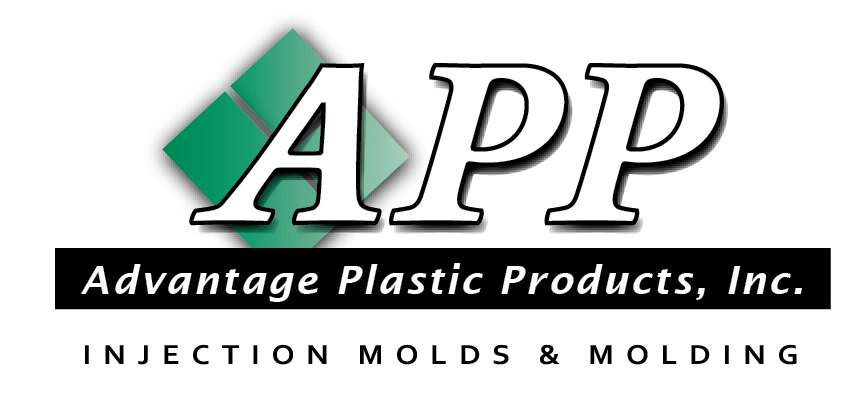10 Reasons Precision Injection Molding Is the Best Choice for Your Business
In today's competitive manufacturing landscape, businesses are constantly seeking innovative methods to enhance product quality while reducing costs. Precision injection molding has emerged as a leading choice, owing to its ability to produce complex shapes with tight tolerances and minimal waste. According to a report by MarketsandMarkets, the global injection molding market is projected to reach $294.6 billion by 2026, underscoring the growing demand for efficient manufacturing processes. Precision injection molding not only streamlines production but also ensures consistency and reliability, making it an ideal option for industries such as automotive, healthcare, and consumer goods.
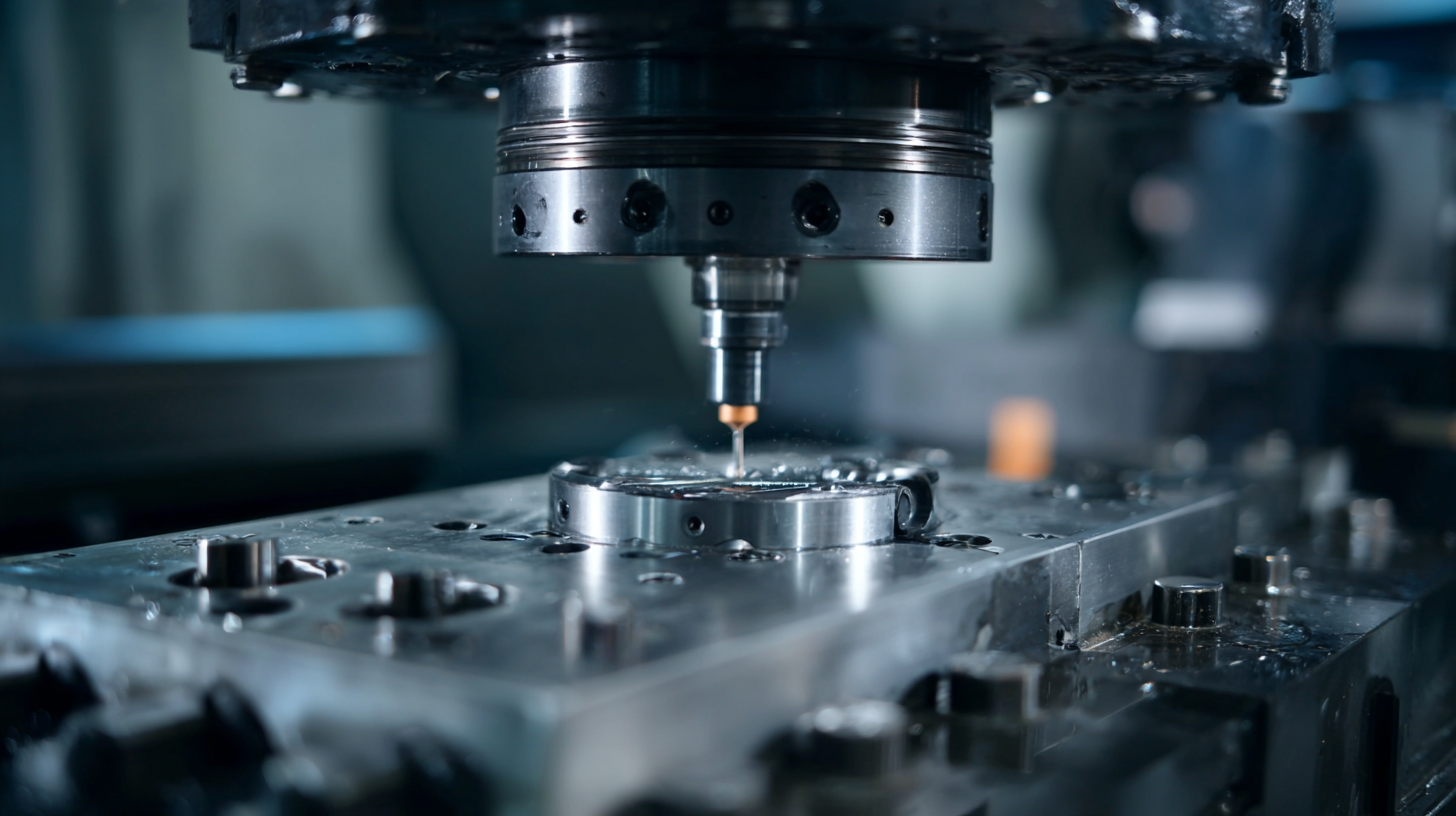
With advancements in technology and materials, companies that invest in precision injection molding can significantly improve their operational efficiency and product performance, setting themselves apart in a saturated market.
Understanding Precision Injection Molding: A Comprehensive Overview
Precision injection molding is increasingly recognized as a leader in manufacturing processes, especially for businesses aiming for high-quality, efficient production. According to a report by Mordor Intelligence, the global injection molding market was valued at approximately $240 billion in 2021 and is projected to grow at a CAGR of about 5.6% from 2022 to 2027. This growth is largely driven by advancements in technology and materials, enabling manufacturers to create complex, precise components that meet stringent industry standards.
The technique allows for rapid, repetitive production of high-volume parts, ensuring consistency and reducing waste. A study by Research and Markets highlights that precision injection molding reduces cycle times by 20-30%, compared to traditional methods. This efficiency not only lowers production costs but also enhances the overall sustainability of manufacturing processes. With the increasing demand for intricate designs in industries such as automotive and healthcare, precision injection molding stands out as a strategic choice for businesses looking to improve their competitiveness in a fast-evolving market.
Enhanced Efficiency: How Precision Injection Molding Saves Time and Resources
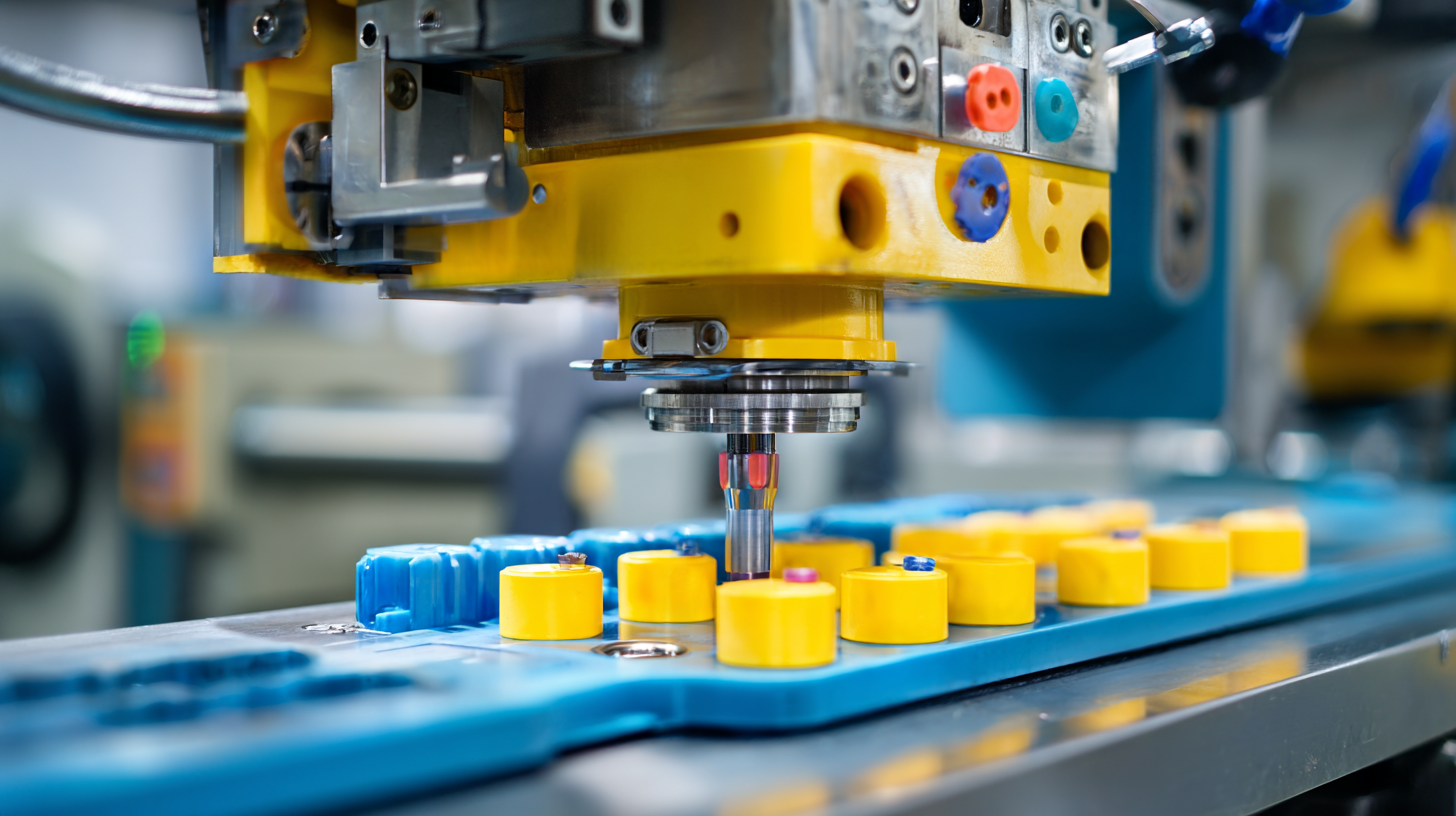 Precision injection molding is revolutionizing the manufacturing landscape by enhancing efficiency and saving valuable time and resources for businesses. This advanced technique ensures that parts are produced with remarkable accuracy, minimizing waste and reducing the need for extensive rework. The precision achieved allows companies to optimize their production schedules, leading to faster turnaround times.
Precision injection molding is revolutionizing the manufacturing landscape by enhancing efficiency and saving valuable time and resources for businesses. This advanced technique ensures that parts are produced with remarkable accuracy, minimizing waste and reducing the need for extensive rework. The precision achieved allows companies to optimize their production schedules, leading to faster turnaround times.
Tip: To fully capitalize on the benefits of precision injection molding, it’s crucial to invest in high-quality molds. Although the initial cost may be higher, well-designed molds contribute to superior part quality and reduced cycle times, ultimately driving down production costs in the long run.
Moreover, the automation often associated with precision injection molding means that processes can be streamlined. Automated systems can work around the clock, significantly increasing output without sacrificing quality. This not only accelerates production but also allows for better allocation of human resources to more critical tasks.
Tip: Regular maintenance of machinery used in precision injection molding is essential. Keeping equipment in top condition helps avoid unforeseen breakdowns and maintains the efficiency of your production line, ensuring sustained operational productivity.
Cost-Effectiveness: Maximizing Your ROI with Precision Injection Molding
Precision injection molding stands out as a cost-effective manufacturing process, significantly maximizing return on investment (ROI) for businesses. According to a report by Grand View Research, the global injection molding market is expected to reach $277.73 billion by 2025, driven by increasing demand for high-quality and precise components across various industries. By leveraging precision injection molding, companies can reduce material waste and optimize production efficiency, ultimately leading to lower operational costs.
To enhance ROI, consider the following tips: First, invest in advanced injection molding machines that offer faster cycle times and reduced energy consumption. This not only speeds up production but also contributes to significant cost savings over time. Second, focus on designing parts that minimize complexity. Simplified designs require less material and reduce tool wear, which can significantly lower manufacturing costs.
Employing precision injection molding also improves product consistency and quality, which can lead to fewer defects and lower rework rates. Research indicates that reducing product defects by just 1% can lead to cost savings of approximately 5% in overall production. Thus, the integration of precision injection molding may not only enhance your operational efficiency but also promote long-term profitability for your business.
10 Reasons Precision Injection Molding Is the Best Choice for Your Business - Cost-Effectiveness: Maximizing Your ROI with Precision Injection Molding
| Dimension | Details | Impact on ROI |
|---|---|---|
| Production Speed | High cycle times lead to faster output. | Increased production capacity lowers costs per unit. |
| Material Efficiency | Minimized waste through precise material usage. | Less material waste means reduced costs. |
| Design Flexibility | Ability to create complex designs. | More innovative products attract higher prices. |
| Labor Costs | Automation reduces labor needs. | Lower labor costs boost profit margins. |
| Quality Control | Consistent quality reduces defects. | Fewer defects lower rework and warranty costs. |
| Scalability | Easily increase production to meet demand. | Scalable operations enhance revenue potentials. |
| Process Automation | Integration of advanced technologies. | Reduced operational errors save costs. |
| Lead Times | Shortened lead times for product delivery. | Faster market entry increases competitive advantage. |
| Maintenance | Low maintenance costs due to advanced machinery. | Savings on maintenance improve profitability. |
| Sustainability | Use of recyclable materials and energy-efficient processes. | Attracts eco-conscious customers and reduces costs. |
Superior Quality: Achieving Flawless Parts with Precision Injection Molding Techniques
Precision injection molding stands out as a key technology for businesses seeking superior quality in their manufacturing processes. The ability to achieve flawless parts through precision techniques is not just advantageous but essential in today’s competitive market. Companies are increasingly investing in automated technologies that enhance the precision and efficiency of injection molding. For instance, recent advancements in recycling processes for metallized scrap parts highlight how automation can lead to better quality control and yield. By integrating these technologies, manufacturers can ensure high-quality outputs while promoting sustainability.
Moreover, the emergence of advanced hot runner technology promises to further refine the injection molding process. This technology allows for more precise temperature control and material flow, which are critical factors in producing flawless components. As industries, especially automotive and medical sectors, push for higher quality standards, precision injection molding offers the reliability and excellence needed to meet these demands. Coupled with the ongoing evolution of robotics in manufacturing, businesses can now produce complex and intricate designs with remarkable accuracy, solidifying precision injection molding as the best choice for excellence in part fabrication.
10 Reasons Precision Injection Molding Is the Best Choice for Your Business
This chart illustrates the top ten quality factors associated with precision injection molding. Each factor represents the performance level measured on a scale of 0 to 100, indicating how precision molding excels in delivering superior quality parts.
Versatility and Customization: Tailoring Precision Injection Molding for Specific Needs
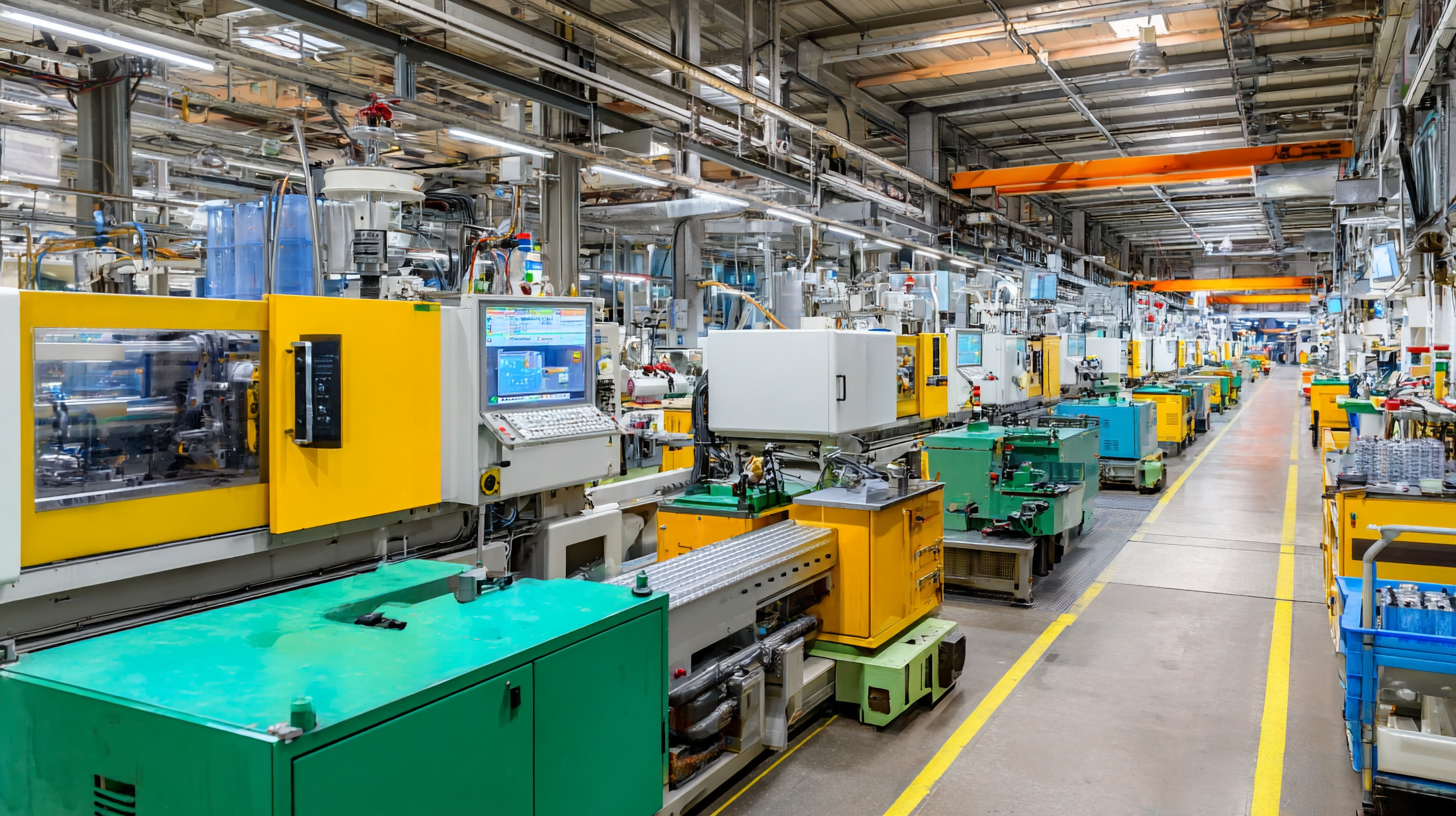 Precision injection molding stands out in the manufacturing industry for its exceptional versatility and customization capabilities. This process allows manufacturers to create intricate parts tailored specifically to their project's requirements. Whether you need small components for electronics or larger parts for automotive applications, precision injection molding can accommodate various shapes, sizes, and materials. This adaptability makes it an excellent choice for businesses looking to produce high-quality products efficiently.
Precision injection molding stands out in the manufacturing industry for its exceptional versatility and customization capabilities. This process allows manufacturers to create intricate parts tailored specifically to their project's requirements. Whether you need small components for electronics or larger parts for automotive applications, precision injection molding can accommodate various shapes, sizes, and materials. This adaptability makes it an excellent choice for businesses looking to produce high-quality products efficiently.
One of the critical advantages of precision injection molding is the ability to customize designs extensively. By utilizing computer-aided design (CAD) technology, manufacturers can create highly detailed molds that precisely match each specific requirement. This not only enhances product performance but also allows for unique branding opportunities. For those new to customization, consider these tips:
- Start with a clear understanding of your product’s specifications.
- Engage with experienced engineers who can guide you through the design process.
Moreover, precision injection molding supports rapid production cycles, enabling businesses to respond quickly to market demand. This speed is particularly beneficial in today’s fast-paced environment, where time-to-market can determine a product's success. Businesses should focus on investing in advanced machinery and skilled operators to maximize efficiency. Remember to assess your supply chain thoroughly to ensure that all components align with your customization goals and production timelines.
Related Posts
-
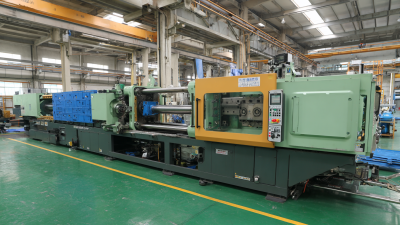
How to Choose the Best Injection Molding Die for Your Production Needs: Insights from Industry Experts
-
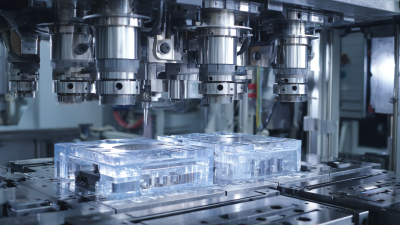
China's Premier Plastic Injection Tooling Solutions for a Global Market
-
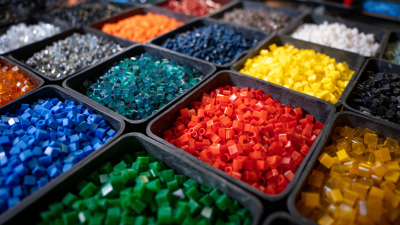
7 Essential Reasons Why Best Injection Moldable Plastics Are Your Ultimate Solution
-
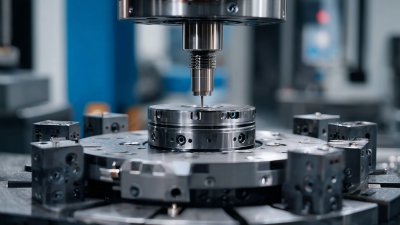
Unlocking the Advantages of Best Injection Tooling in Modern Manufacturing Processes
-
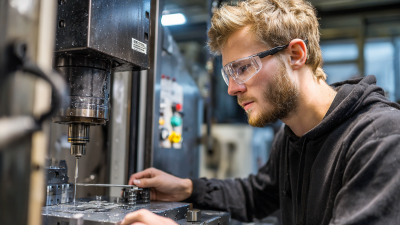
The Future of Precision Injection Molding Innovations and Trends
-

How to Optimize Your Injection Molding Tooling Processes for Maximum Efficiency
